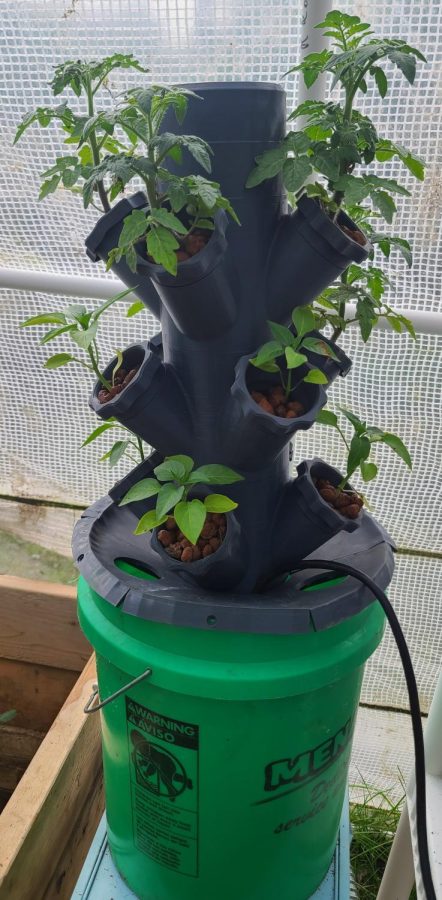Hydroponics: Plants Grown Without Soil
Hydroponics is a form of horticulture that utilizes growing plants, without soil, through the use of water-based nutrient salutations. It is a subset of hydroculture, the growing of plants in a medium that allows for the distribution of water and nutrients. Hydroponic systems and growing methods are becoming a growingly popular practice globally. This sustainable form of production is generally simple, cheap, and obtainable by nearly everyone. This piece will outline very important pieces required for starting a system up, and the basics of maintaining a system.
Hydroponic systems range in size drastically, ranging from a gallon capacity to greater than 100 gallons. However, nearly all systems have similar basic requirements for proper function. These often include a growing chamber (tray), reservoir, submersible pumps, delivery tubes, aerator/air pumps, and grow lights.
The growing chamber is simply where the plants will be growing while allowing for the roots to have access to the water in the reservoir. This component really has no limit in terms of size or shape but is typically determined by the intended crop to be produced and the overall size of the system. Nearly any type of material can be used except for metal or anything that may cause a reaction with the nutrient solution or corrode. Perforated plastic (square, circle, or rectangular) is a commonly used material due to its strength and simplistic design. This major component should also protect against external factors such as light, heat, and infestation, which can also be aided by other components.
A reservoir is the base of any hydroponic system, which contains the nutrient solution that is mixed into the water. The ideal material for this is lightproof or opaque (to limit fungal, algae, and microorganism growth), leak-resistant plastic. The size and shape of this depend on factors such as planned space for the system to take up, and the type of plant being grown. Usually, the reservoir should hold the exact amount or more of the amount of water that can be held within the growing chamber, in some cases.
Submersible pumps are the key piece that gets nearly all systems up and running. They are often used to move the nutrient solution up to the growing chamber allowing plants to grow. These pumps can be easily selected once you know the amount of water needing to be pumped through the system. Having too small of a pump can lead to the insufficient circulation of water while having a too big one can cause damage to the fragile roots.
Delivery tubes/delivery system is just a component of this system that sprays the nutrient mixture towards the plants, providing them with nutrients. It also is responsible for returning the liquid back to the reservoir for it to be recycled. Many materials can be used for this, ranging from PVC to vinyl tubing. However, it is critical to keep in mind that there is a potential for clogging that will require being cleaned out.
The next common component of hydroponics systems may be surprising to most. Aerators or air pumps are a critical piece that keeps plant roots alive. Plant roots require oxygen in order to survive and carry out major physiological processes. However, in some systems, this piece is not necessary, as the following action of the water in these systems introduces sufficient oxygen to the roots. An amazing example of this type of system is the tower garden that is located in Mrs. Gettler´s classroom. This system utilizes a pump that carries water to the top of the system and then allows gravity to pull it back down into the reservoir.
Grow lights are an optimum component to have but are not required for proper function. These lights emit light that imitates sunlight, creating an ideal environment for photosynthesis to be carried out. There are many types of these lights, ranging from ones that are able to be mounted to movable. If a system is set up with naturally occurring sunlight available this piece can be eliminated from the system.
A critical component to maintaining a hydroponic system is some form of a liquid nutrient feed. There are hundreds of different types of these that can be found, however, when selecting a feed it is critical to carefully calculate the required amount of nutrients needed for the plants.
Hydroponics is a sustainable way to produce local crops while remaining flexible to meet the needs of the producer. There are many different types of systems that range broadly in size and purpose, yet still contain simpler components. Often hydroponics systems contain a growing chamber, reservoir, submersible pump, delivery tubes, aerator/air pump, and grow lights components. If this seems interesting to you, continuing to research and assemble your own system may be a great option for you!








